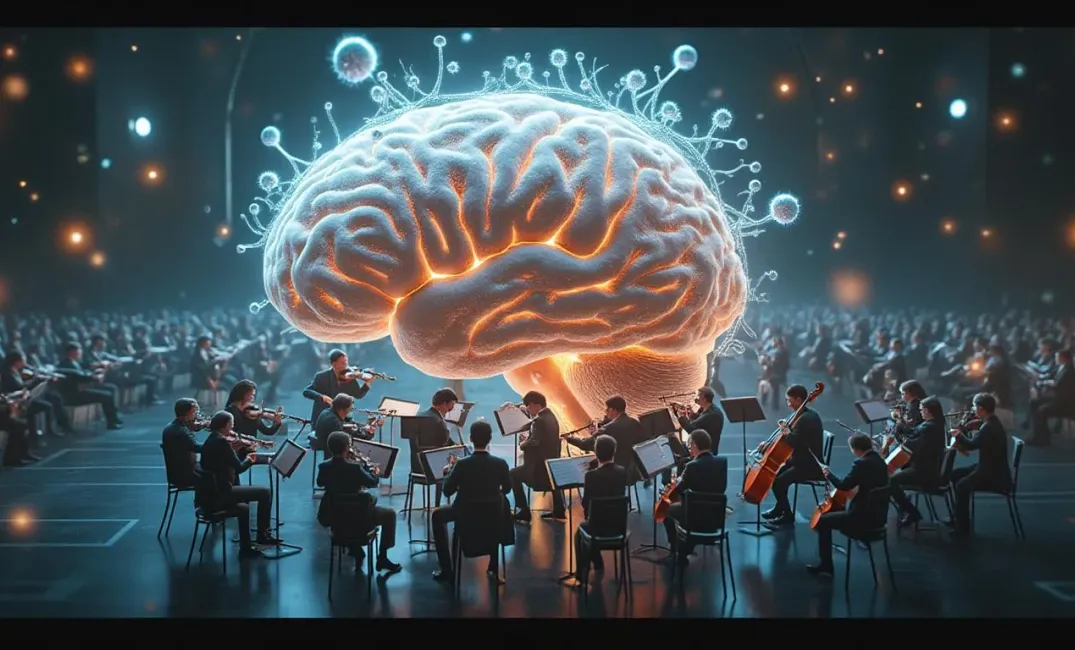Introduction: The Threads of Memory Weaving Human Experience
"Memory is the treasure house of the mind wherein the monuments thereof are kept and preserved." — Thomas Fuller
Memory serves as the linchpin of human identity, connecting individuals to a thread of experiences that span from the past through the present and into the future. It is a dynamic symphony, continuously evolving as it preserves personal histories and collective knowledge. This entry delves into the essence of memory, its impact on human identity, culture, and innovation, and how it might guide humanity's journey as we aspire to transcend our Earthly confines.
The Biology of Memory: Understanding the Foundation
Memory's Biological Underpinnings
- Neural Pathways and Storage: Memory is encoded within the brain's complex network of neurons. Synapses—tiny gaps bridged by neurotransmitters between neurons—form pathways that store information, allowing the brain to retrieve and adapt information through synaptic plasticity, embodying learning and memory retention.
- Types of Memory and Their Functions: Human memory can be categorized into declarative (explicit) memory encompassing facts and events, and non-declarative (implicit) memory, associated with skills and tasks. This diversity of memory forms underpins our ability to navigate life, from recalling knowledge to executing skills involuntarily.
The Process of Forgetting and Recollection
- Mechanisms of Forgetting: Forgetting is a natural phenomenon serving adaptive functions by filtering out non-essential information and freeing cognitive resources. It entails processes like decay, interference, and retrieval failure, playing a critical role in the efficient functioning of memory systems.
- The Role of Emotion in Recall: Emotion plays a critical role in the vividness and persistence of memories. Emotional events trigger the amygdala, resulting in enhanced memory consolidation, which can transform mere happenings into lifelong remembrances, illustrating the interplay between emotional intensity and memory retention.
Memory and Human Identity: Personal and Collective Constructs
Personal Memories
- Identity Formation and Narrative: Personal memories construct individual identities by forming continuous narratives of selfhood. Life experiences, interwoven with memories, shape self-perception and personal evolution, creating unique tapestries that are constantly rewritten with each lived moment.
- Memory and Behavior: Memory influences behavior by informing daily decision-making and future-oriented actions. The lessons embedded in past experiences guide individuals through challenges and opportunities, offering insights that direct personal growth and development.
Collective Memories
- Cultural and Historical Memory: Collective memory frames a society's identity, conveying shared understandings through stories, symbols, and rituals that bind communities. Historical narratives, whether preserved in literature, architecture, or oral traditions, form the backbone of cultural consciousness, guiding societal norms and aspirations.
- Influence on Social Cohesion: Shared memories, commemorative practices, and national symbols build social cohesion by fostering a sense of common identity. These collective remembrances inspire unity and solidarity, anchoring societies through continuity and cultural legacy.
The Role of Memory in Art and Innovation
Memory and Artistic Expression
- Creativity and Inspiration: Artists draw upon the wellspring of memory, transcending temporal boundaries to capture moments, emotions, and ideas that provoke reflection and imagination. Artwork, irrespective of medium, charts the human experience, evoking empathy and challenging perceptions.
- Preservation and Transformation: Art transforms individual and collective memories into lasting narratives, immortalizing moments and evolving interpretations. The visual and performative arts encase memory in tangible forms, ensuring its transmission across generations.
Memory's Link to Innovation
- Idea Generation and Application: Memory is crucial to creativity and innovation, connecting fragments of existing knowledge in novel configurations. The cognitive processes of imagination and associative thinking leverage memory networks to envision new possibilities and drive societal advancement.
- Technological Advancements in Memory Preservation: Modern technologies have revolutionized the preservation and retrieval of memory, with digital archives and artificial intelligence facilitating instant recall and contextual analysis, enriching collective knowledge bases for future exploration.
Memory’s Future: Shaping the Path Ahead
Enhancing Human Capabilities
- Neurotechnology and Cognitive Enhancement: Advances in neurotechnology promise to enhance memory recall and cognitive abilities, offering potential treatments for memory-related disorders and augmenting human intelligence. Innovations like neural implants aspire to interface with memory storage, extending cognitive frontiers.
- Ethical Considerations: These advancements prompt ethical dialogues surrounding personal autonomy, privacy, and disparities in access to enhancement technologies. Equitable innovation must safeguard human dignity, ensuring that memory-enhancement respects the complexity of individual and societal ethics.
Memory Beyond Earthly Boundaries
- Preserving Humanity’s Legacy: As humanity aspires to interstellar travel, maintaining cultural and historical memory becomes imperative. Initiatives to create universal archives of human knowledge underscore the importance of memory in guiding future explorers as they encounter new environments and societal constructs.
- Cognitive Adaptations in New Frontiers: Space colonization may require understanding memory's adaptability to different gravitational, temporal, and environmental contexts. Insights into how memory functions in extraterrestrial settings will optimize learnability and mental health, preparing humanity for cognitive resilience amidst novel challenges.
Conclusion: Memory as a Beacon of Hope and Continuity
"Memory is the diary we all carry about with us." — Oscar Wilde
Memory encompasses more than stories of the past; it is a testament to human potential, guiding personal and collective evolution. As a beacon illuminating both history and the unknown, memory connects humanity through shared narratives of triumph and adversity.
In the face of uncertainty and exploration, let us cherish this precious resource—memory—as the enduring link binding humanity's past with its future. Enmeshed in this intricate tapestry, we find the script that both preserves our deepest legacies and inspires the next chapters written across stars, threading hope and humanity's undying quest for identity, understanding, and connection.
MEMORY, NEUROTECHNOLOGY, SPACE EXPLORATION, HUMAN IDENTITY, ART AND MEMORY, INNOVATION, CULTURAL MEMORY

